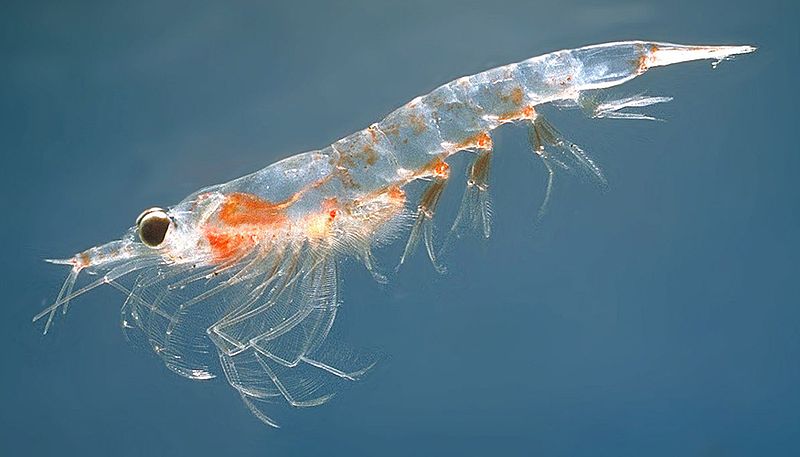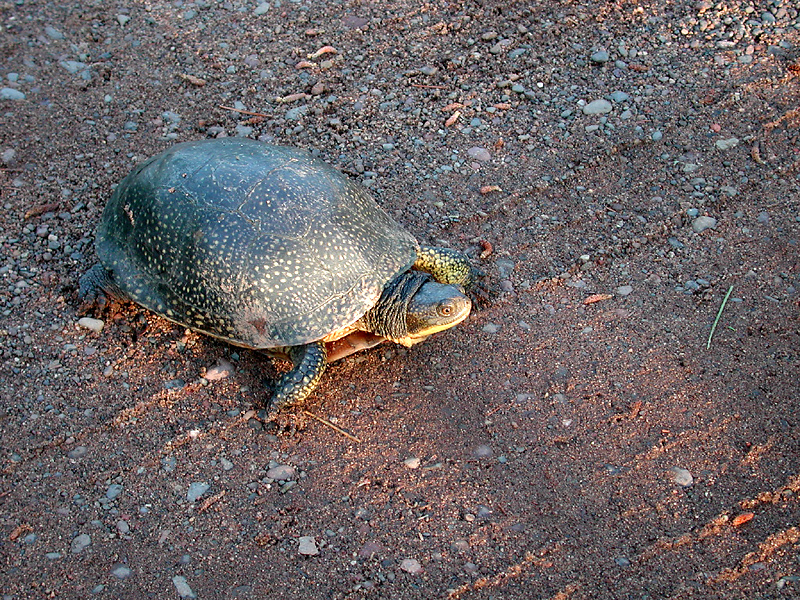In Part I of this article we discussed the origin and current state of the problems associated with the long term use of goldfishes as a staple food for reptiles and amphibians.
Bait and Tropical Fishes
Fathead minnows, golden shiners and related fishes are preferable to goldfishes as a reptile and amphibian food, and may be used as dietary staples where appropriate. They are generally raised in outdoor ponds or wild-caught, and have fed on a variety of invertebrates, plants and other natural food items. This renders them a highly nutritious food item.
 Whenever possible, you should alternate the species of fish offered. This is especially important for water and tentacled snakes, mata mata and alligator snapping turtles, Surinam toads and other species that feed primarily upon fish. Many common pet trade tropical fishes are nutritious and easily-reared, including swordtails, platys, guppies and mollies.
Whenever possible, you should alternate the species of fish offered. This is especially important for water and tentacled snakes, mata mata and alligator snapping turtles, Surinam toads and other species that feed primarily upon fish. Many common pet trade tropical fishes are nutritious and easily-reared, including swordtails, platys, guppies and mollies.
Food Market Fishes
Food market fresh water fishes (i.e. Tilapia and catfish), especially those which can be obtained whole, are another useful option. I fed the Bronx Zoo’s gharials (large, piscivorous crocodilians) on trout for many years…but that cost upwards of $1,000/month – 20 years ago!
Collecting Native Fishes
Where legal, you can add vital nutrients to your pets’ diets by collecting freshwater fishes via seine net, trap or pole. I always remove the dorsal and pectoral spines of catfishes, sunfishes and other well-armed species, just to be on the safe side.
Fish and Vitamin E
The Vitamin E question has also been investigated…I’ll write more on that in the future. For now, please be aware that frozen fish of any kind, used as a dietary staple for crocodilians and turtles, has been implicated in Vitamin E and other deficiencies. Marine fishes, frozen or fresh, seem to block vitamin absorption when fed in quantity to fresh water animals.
Further Reading
I must say that, food considerations aside, I like goldfish! Please check out our blog article Carnival Fish for some interesting background on their habits, care and long history as pets.
 That Reptile Blog – Reptile, Amphibian and Exotic Pet Care and Information
That Reptile Blog – Reptile, Amphibian and Exotic Pet Care and Information

 Some years ago a herpetologist of my acquaintance, noting that krill were quite high protein and calcium, decided to use this food as a major part of the diet of a group of Blanding’s turtles (Emydoidea blandingii) that had hatched in his collection. The diet he used, simple by current standards, was comprised of 50%
Some years ago a herpetologist of my acquaintance, noting that krill were quite high protein and calcium, decided to use this food as a major part of the diet of a group of Blanding’s turtles (Emydoidea blandingii) that had hatched in his collection. The diet he used, simple by current standards, was comprised of 50%  The Antarctic krill, Euphausia superba, may be the planet’s most numerous species…550 million tons of them are swimming in the southern Pacific Ocean at any one time (our own biomass tops out at a mere 110 million tons). Krill form nearly 100% of the diet of certain seals, whales, birds, shrimp, squid and fishes.
The Antarctic krill, Euphausia superba, may be the planet’s most numerous species…550 million tons of them are swimming in the southern Pacific Ocean at any one time (our own biomass tops out at a mere 110 million tons). Krill form nearly 100% of the diet of certain seals, whales, birds, shrimp, squid and fishes. Despite the aforementioned environmental nightmares, the bait trade in tiger salamanders remains largely unregulated, resulting in infected animals being shipped from state to state. This practice hastens the spread of already fast-moving pathogens and of non-native salamanders, as surveys have revealed that most people and bait shops release unused larvae into local waterways.
Despite the aforementioned environmental nightmares, the bait trade in tiger salamanders remains largely unregulated, resulting in infected animals being shipped from state to state. This practice hastens the spread of already fast-moving pathogens and of non-native salamanders, as surveys have revealed that most people and bait shops release unused larvae into local waterways. Tiger salamanders also face serious threats from habitat loss, pollution and the introduction of game fish to breeding ponds. Their use of two distinct habitats – aquatic and terrestrial – renders them especially vulnerable.
Tiger salamanders also face serious threats from habitat loss, pollution and the introduction of game fish to breeding ponds. Their use of two distinct habitats – aquatic and terrestrial – renders them especially vulnerable. Indoor glass terrariums with screen tops serve well in rendering heat and UV radiation readily available. However, air circulation in such situations is restricted, creating an unhealthy situation for many animals.
Indoor glass terrariums with screen tops serve well in rendering heat and UV radiation readily available. However, air circulation in such situations is restricted, creating an unhealthy situation for many animals.